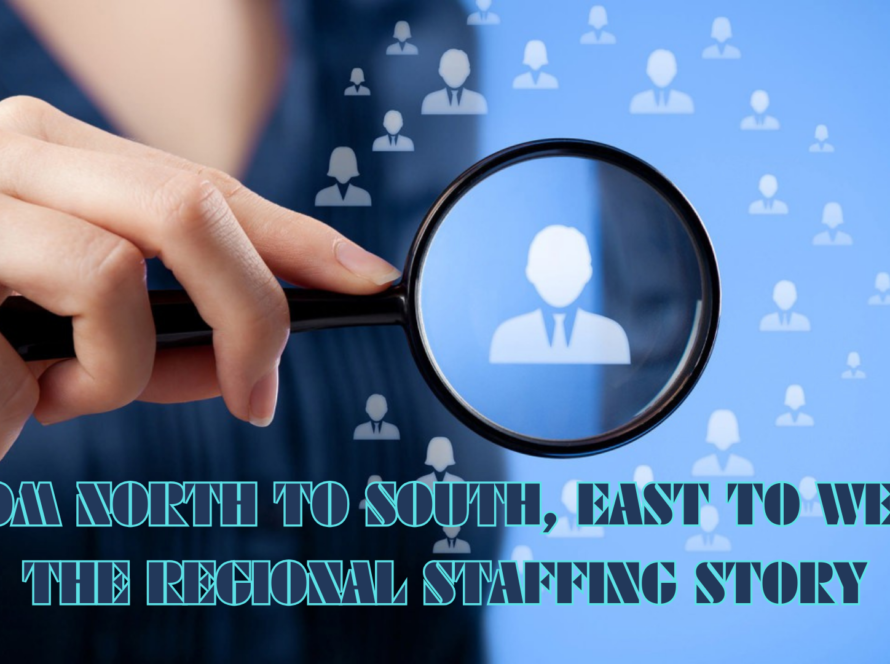Navigating Shifting Balance: The Power Between Employers and Employees
The relationship between employers and employees has undergone a significant transformation in recent years. Historically, the balance of power has often leaned heavily in favor of employers, but a series of social, economic, and technological shifts have gradually shifted this equilibrium. Today, we find ourselves in an era where the dynamics of this relationship are evolving rapidly, creating new challenges and opportunities for both parties.
The Traditional Power Dynamic
Traditionally, employers held the upper hand in the employment equation. They controlled access to job opportunities, set the terms of employment, and determined wages. In this environment, employees often had limited bargaining power and were expected to conform to the employer’s requirements.
The Factors Shifting the Balance
Several key factors have contributed to a shifting balance of power in favor of employees:
- Talent Shortages: In certain industries and regions, there is a shortage of skilled workers. This scarcity has given employees with in-demand skills more leverage in negotiating compensation and benefits.
- Employee Expectations: Today’s employees have higher expectations when it comes to job satisfaction, work-life balance, and workplace culture. Employers are under pressure to meet these expectations to attract and retain talent.
- Technology: The rise of digital platforms and social media has given employees a voice and a platform to share their experiences, making it easier to expose unfair or unethical employer practices.
- Remote Work: The COVID-19 pandemic accelerated the adoption of remote work, giving employees more flexibility and control over their work arrangements.
- Legal Protections: Labor laws and regulations have evolved to protect employee rights, including anti-discrimination laws, wage and hour regulations, and workplace safety standards.
Implications for Employers
Employers need to adapt to this evolving landscape to attract and retain top talent:
- Competitive Compensation: To secure skilled employees, offering competitive salaries and benefits is crucial.
- Flexible Work Arrangements: Embrace flexibility in work arrangements, including remote work options, to accommodate changing employee preferences.
- Invest in Culture: A positive workplace culture and values that align with employee expectations are increasingly important for attracting and retaining talent.
- Professional Development: Invest in employee development and growth opportunities to demonstrate a commitment to their career advancement.
Implications for Employees
Employees, too, must navigate this new terrain effectively:
- Skills Development: Continuously update and enhance your skills to remain competitive in a rapidly changing job market.
- Negotiation Skills: Be prepared to negotiate compensation, benefits, and work arrangements to ensure you get what you need from your employer.
- Work-Life Balance: Advocate for work-life balance and self-care to maintain your well-being in a demanding job market.
- Legal Awareness: Understand your rights and protections under labor laws and seek legal recourse if necessary.
Conclusion
The balance of power between employers and employees is in flux, with employees gaining more influence in the workplace. While this shift offers new opportunities for job seekers and workers, it also brings new challenges for employers. Adapting to this changing dynamic is essential for both parties to create productive and fulfilling work environments in the modern era. By recognizing and embracing these changes, employers and employees can build more equitable and sustainable relationships that benefit everyone involved.



